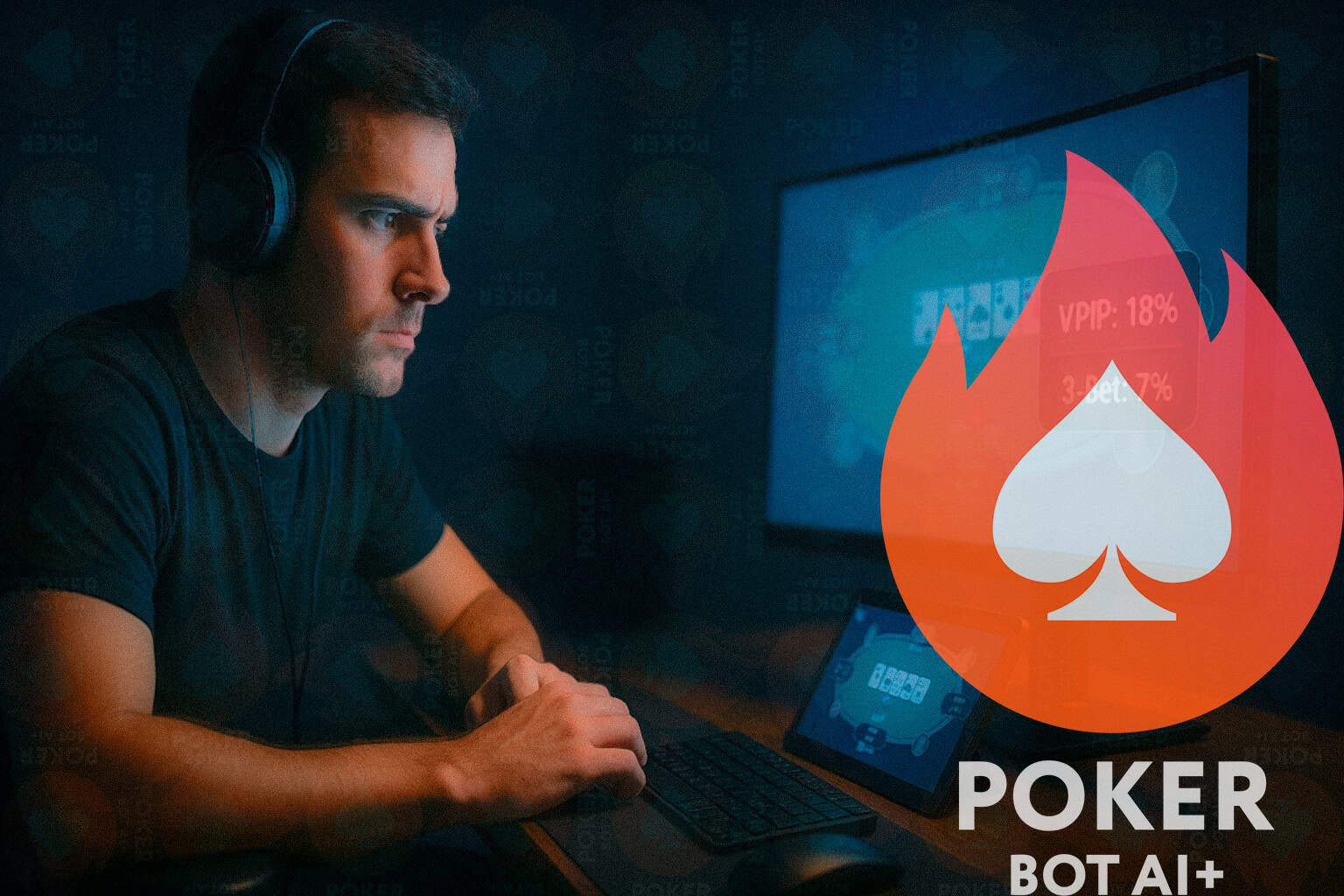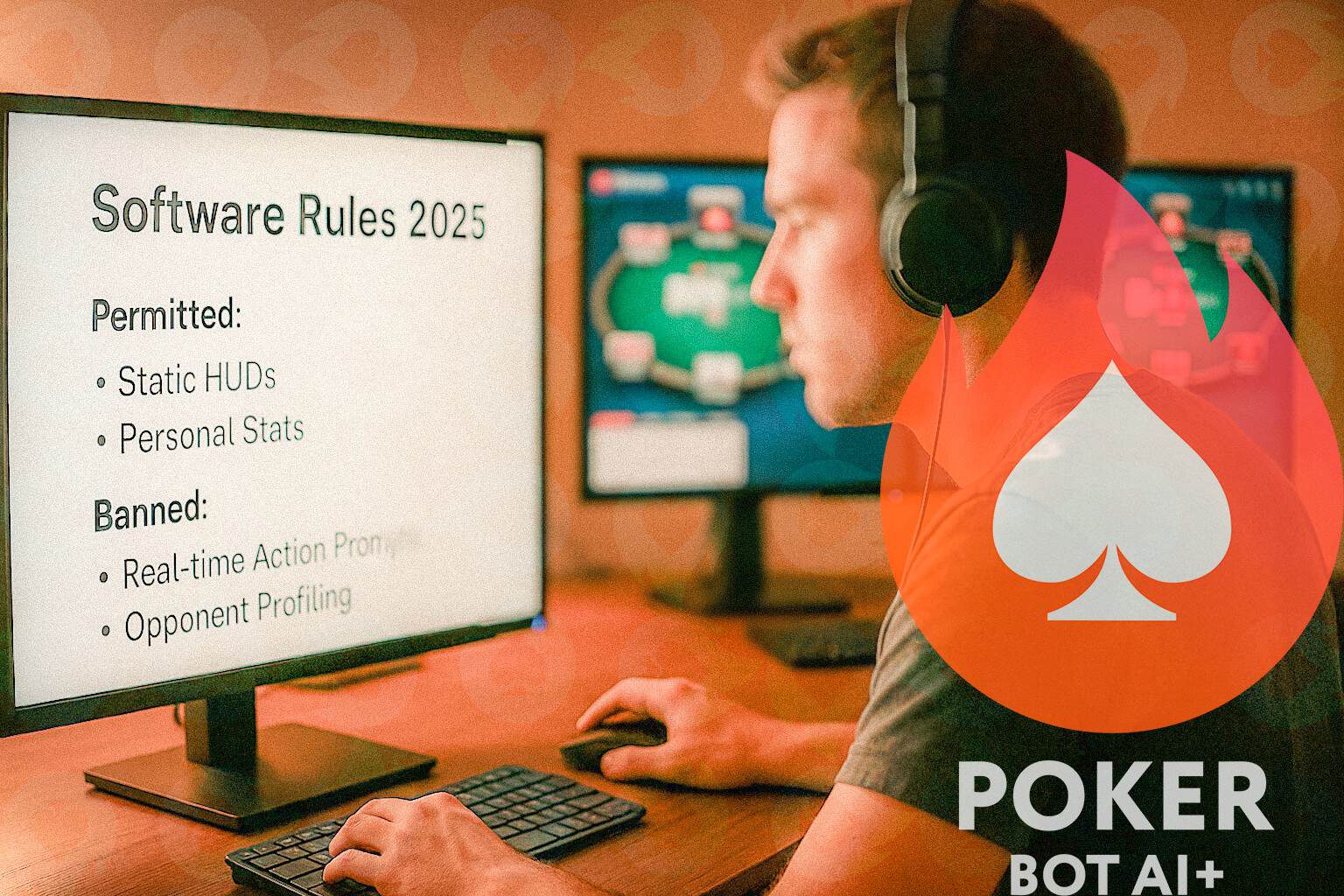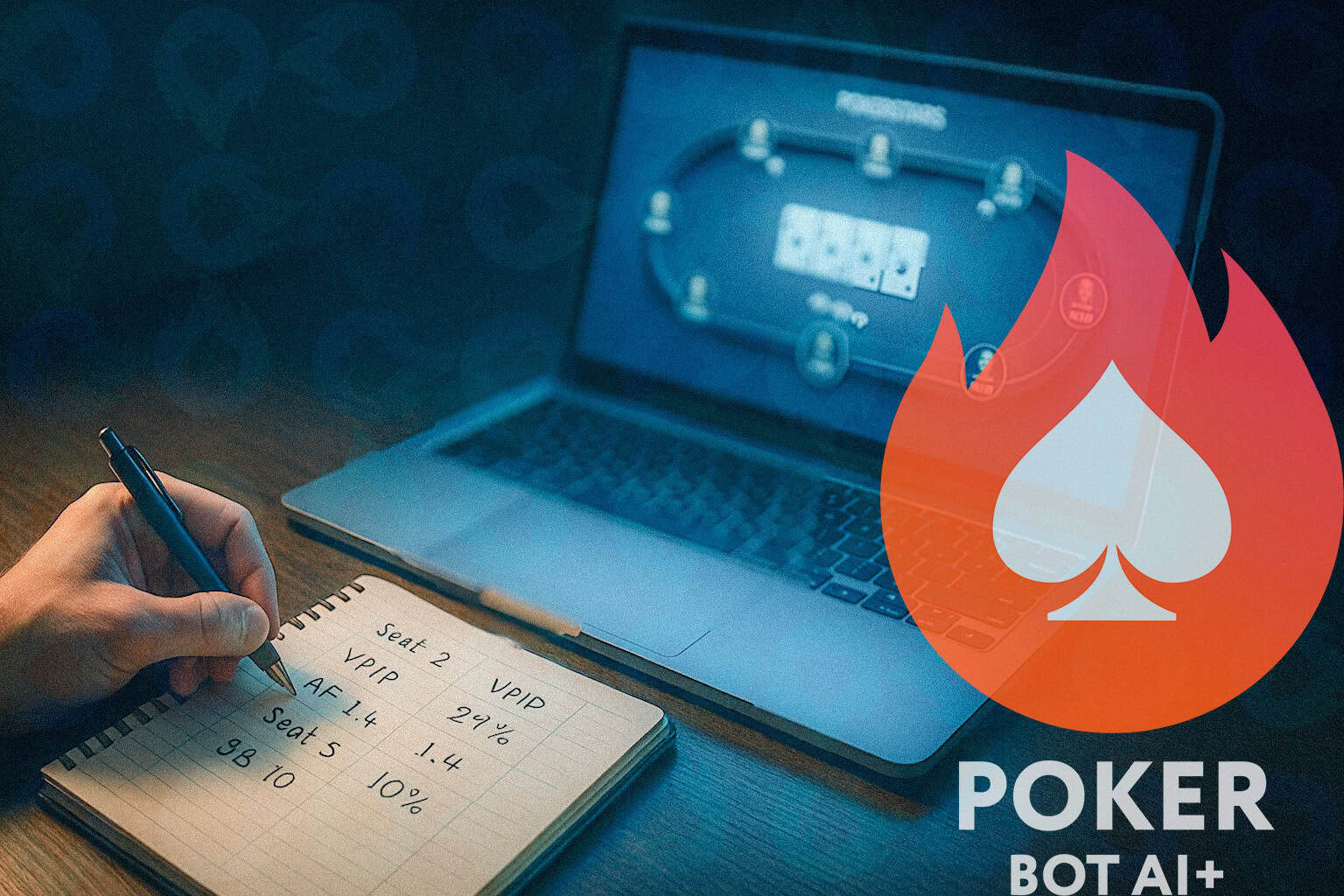
Which Poker Sites Allow HUDs in 2025? Full Breakdown
Poker HUDs in 2025 begin with a look — not into the eyes of your opponent, but at a number. A small percent in the corner of your screen. VPIP: 18. Then another: 3-Bet: 7. You’re not guessing; not hoping; You’re watching a live map of behavior, pixel by pixel. And suddenly the game goes from guessing to precision. But only — only — if you’re on the right site. In 2025, poker HUDs are the tools behind that shift — the dashboards, overlays, and stat displays that decide whether you see data or glare.
Six years after it was introduced, the universal adoption of HUD’s (Heads Up Displays) has splintered into a patchwork of “locally-allowed,” “locally-restricted,” gray area, and silence that actually seems to straw poll where HUD’s are “encouraged.” Where you stand is sometimes unclear until the client boots up, the stats load (or don’t) and you find yourself either in friendly water or swimming blind. I have had both experiences, sometimes in the course of the same day.
So where can you still use HUDs freely, and where has that edge quietly disappeared?
Full HUD Use Still Thrives – In Specific Corners
Americas Cardroom (Winning Poker Network) ACR is the flagship site for poker players that are looking for HUD-friendly poker rooms. Here the assumption is straightforward: If it aids pros in multi-tabling effectively and doesn’t advise plays in real time, it’s open season. PokerTracker, Hold’em Manager, Hand2Note… everyone is invited. The network saves hands in a useful format, doesn’t anonymize data, and permits players to track, analyze, adjust. There’s a freedom here, a sort of old-school freedom that used to epitomize online grinding.
I can still recall the first time I saw PT4 open on ACR – it was like hearing a long-forgotten language again. It spoke in data. It rewarded discipline. And it punished overconfidence fast.
Among sites that still allow poker HUDs in 2025, ACR remains a notable example.
iPoker Network does the same thing but has a new-age sheen around it. Redstar, Bet365, and Titan all have native HUDs for the casual crowd, and do not prevent third-party software for players seeking more stats. It’s a double sided thing, a tacit acknowledgment: yes, HUDs are powerful — but not everyone wants or needs the DODADS.
In truth, my emotions around using them in this game have been mixed. Sometimes the data syncs beautifully. I hear my mind argue with itself like I am arguing with my own software.
And this is one of the last repositories of open stat collection. Their policy isn’t buried in T&Cs or communicated in hushed voices on a forum – it’s operationalised in the software, expressed in every pop-up stat that flicks into existence mid-hand.

Poker HUDs in 2025: The Middle Ground
PokerStars – the behemoth that once inspired the wave of HUDS – it’s a hecking permission nightmare. Yes, you can use HUDs. No, you can’t automate recommendations for actions. Yes, your own play stats are fine. No, it’s not dynamic displays or its opponent-specific pop-ups. The rulebook reads like software compliance law: exacting, evolving, and unforgiving if misinterpreted.
I’ve interrupted sessions to have to sit for 20 minutes figuring out my settings in order to have a HUD that’s compliant. It is legal, but it feels like I am always one errant click away from a soft ban.
Unlike rooms that tolerate poker HUDs in 2025, GGPoker enforces a strict ban.
888poker walks a similar line. With their release of “HUDdy”, their own homegrown tracker, the site has now democratized base level data, whilst still keeping the door open for 3rd party HUDs. But the ecosystem definitely favors the simple. New players get numbers. You can dig — if you want.
I tried to explain to my friend how my HUD888 works once. He nodded courteously and replied, “But I only play the cards.” I didn’t know whether to be amused or envious of him.
Chico Network (BetOnline, SportsBetting. ag) presents the strangest case. Third party converters are banned on paper. All that said in practice DriveHUD and Hand2Note worked – out of the box, no converters. The network also features a plain player-embedded HUD, which resets every time. It’s tolerated rather than embraced. A realm in which the rules do not always correspond to reality.
Let’s get real: half the time I crack Chico, something I thought would pop in the process. There’s something almost unbelievable about that statement, that it’s out of a book or a sad lonelyhearts response or something that you just don’t get to say in real life because it’s too schmalzy and unbelievable, but it’s true, and when it isn’t, I’m almost suspicious.

Poker HUDs in 2025: Zero-Tolerance Zones
GGPoker leads the anti-HUD charge. Their integrated Smart HUD is useful, slick – but transient. Stats disappear when sessions end. There is no hand history on opponents, no long-term profiling. External HUDs? Blocked outright. Tracking things while the client is open, even if it’s not used, can get you a warning or ban.
I played there, and I ain’t gonna lie: I felt like it was 2008 again. And not in a nostalgic way. In a “why do I suddenly feel so naked?” way.
And yet, the Smart HUD is just giving to the point that newbs feel educated – VPIP flames, c-bet frequencies, last-last five tournament results. It’s poker with training wheels, for the masses.
Partypoker is even stricter. No HUDs; local hand histories; dynamic stats. Not even anonymized real-time data. What started as a crackdown in 2019 became a philosophy: HUDs are out, end of story. And players can review hands later — in anonymized, delayed forms. But mid-hand reads are back to the human eye.
That first session without a poker HUD was like walking into a room I once knew intimately, only to discover that all the furniture had been moved around in the middle of the night. I missed things. I second-guessed. And I lost.
Patterns, Signals, Forecasts

A trend begins to coalesce — not in policies, but in tone. Sites that once said crickets about HUDs now issue polished native alternatives. Enforcement gets stricter. Terms get longer. Forums fill with quiet resignation. The mechanical edge is being folded into the site’s design — or denied altogether.
And still, the grinders stay. They adapt, memorize, shift to review tools. Sure the HUD is liable to fade in some bright, shiny corners, but the habit does not: read the game, one stat at a time, in ones and zeroes or internalized calculations.
For my part, I’ve found it strangely empowering. Instead of color-coded pop-ups to fall back on, I have to believe in what I’m seeing. And sometimes, my gut betrays me — for better or worse.
So.. which sites still permit poker HUDs in 2025? Fewer than in the past, but not zero. The response is complex — as is the software. Some offer full visibility. Others offer curated control. And a few new ones offers silence, encouraging players to trust not in overlays, but in their observation.
Click. The next hand is dealt. And regardless of whether your HUD flickers or not, the game continues. And so do we: imperfect, adaptive, and curious, still, to find the patterns in the noise.
